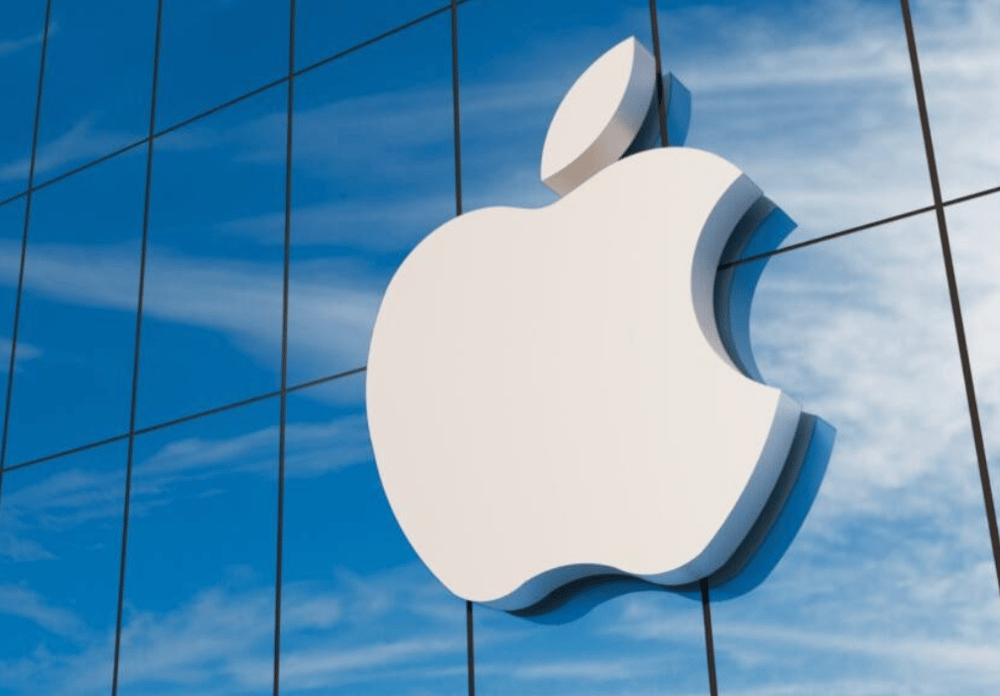Apple Redirects India iPhone Exports to U.S. Amid Rising China Tariffs
Apple Inc. $AAPL has significantly altered its global export strategy, with nearly all iPhones manufactured by Foxconn in India between March and May 2025 shipped directly to the United States. According to newly reviewed customs data, over 90% of India-made iPhones during this period were exported to the U.S.—a sharp deviation from the 2024 average of roughly 50%.
This realignment highlights Apple’s proactive response to escalating geopolitical tensions and increasing trade protectionism, particularly U.S. tariffs on Chinese goods. With Washington maintaining a hard stance on Chinese imports, major tech companies like Apple are reassessing their manufacturing and logistics footprints to safeguard profitability and market access.
Strategic shift: Apple leverages India to reroute iPhone exports to the U.S.
The latest customs disclosures reviewed by Reuters reveal a marked transition in Apple’s global supply chain strategy. Previously, iPhones produced at Foxconn’s Indian plants were distributed more broadly across European markets including the Netherlands, the Czech Republic, and the United Kingdom. The recent consolidation of shipments toward the U.S. underscores a deliberate pivot in trade routes designed to shield Apple from U.S.-China tariff risks.
Foxconn, Apple’s principal contract manufacturer, has significantly expanded its Indian operations over the past two years. The export surge also suggests growing operational maturity in India’s electronics manufacturing ecosystem, a critical factor as Apple diversifies away from overreliance on Chinese production hubs.

Key Export Facts:
🇮🇳 Over 90% of iPhones exported from India between March–May 2025 went to the United States (USD)
📉 Down from an average of 50% U.S. share of India exports in 2024
🚢 Europe-bound shipments dropped significantly during the same period
🏭 Foxconn's India operations continue to scale rapidly in Chennai and Telangana
💼 Reflects Apple’s response to ongoing U.S. tariffs on Chinese electronics
Market response and supply chain implications
The realignment comes at a time when global tech manufacturers are actively reassessing risk exposure linked to U.S.-China tensions. Apple’s increased dependency on Indian production for its U.S. market signals a more aggressive decoupling from China-centric supply chains, a trend that’s being mirrored by other tech giants.
Market analysts believe the move not only hedges Apple’s geopolitical risk but may also improve its long-term cost structure by avoiding tariff-related expenses. However, they caution that scaling high-quality manufacturing outside of China still faces hurdles related to logistics infrastructure, component supply, and workforce training.
Meanwhile, India is reaping the benefits of this pivot. The shift could enhance India’s standing as a strategic electronics export hub, potentially attracting greater foreign direct investment (FDI) and encouraging further policy incentives under the government’s “Make in India” initiative.

Key Takeaways:
Tariff avoidance strategy: Apple is prioritizing India exports to the U.S. to circumvent rising import duties on China-origin goods.
Supply chain diversification: The shift aligns with broader tech sector moves toward a “China+1” production model.
Operational scalability in India: Foxconn’s Indian units have demonstrated improved capacity to meet Apple’s U.S. demand.
European export slowdown: Markets like the Netherlands and the UK saw a reduction in India-origin iPhone shipments.
Geopolitical hedge: The strategy helps Apple reduce risk from ongoing U.S.-China trade frictions.
Apple’s India-to-U.S. export realignment marks a new chapter in global tech logistics
Apple’s decision to funnel nearly all iPhone exports from India to the U.S. represents more than a tactical logistics maneuver—it signals a broader structural shift in how multinational technology firms are recalibrating operations in an era of trade fragmentation and political uncertainty.
By deepening its manufacturing presence in India and realigning its export strategy, Apple is future-proofing its supply chain while reinforcing its commitment to the U.S. market. This development could also reshape India’s role in the global electronics value chain, positioning it as a viable alternative to China in high-end device production.
As other firms monitor Apple’s example, the balance of global tech manufacturing power may continue to evolve—with trade policy, cost control, and geopolitical calculus driving the next phase of industrial realignment.















Comments
Apple's surprising export shift promises a new era in global supply chain dynamics.
Tech ecosystems thrive on vision-backed investment decisions that anticipate industry transformation